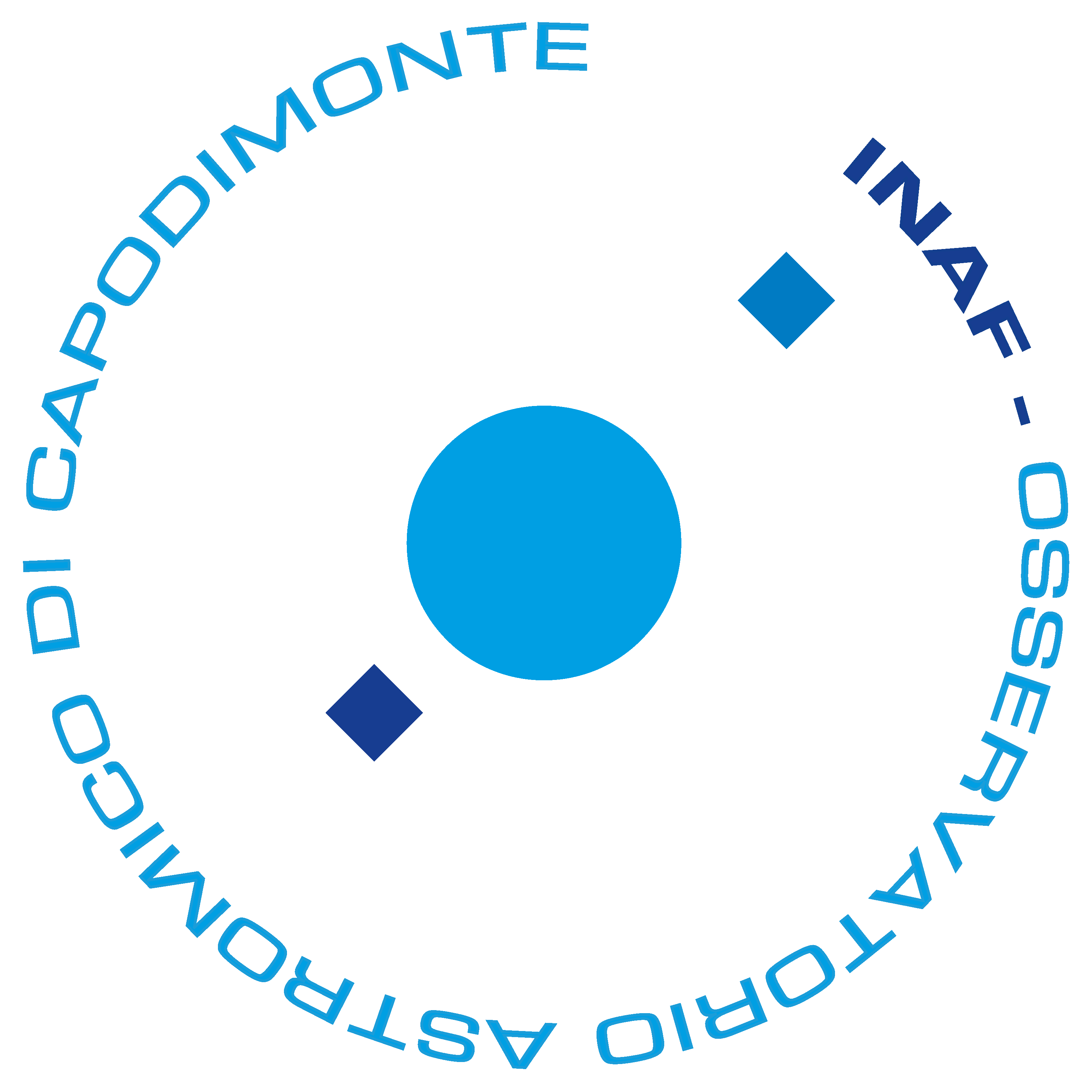Dr. Davide Massari (INAF-OAS)
5 March 2025
11:30, Aula Piazzi
Abstract:
The reconstruction of the Milky Way assembly history is a field that has experienced a revolution in the last few years, to which globular clusters (GCs) have significantly contributed. Dynamically associating GCs to accreted or in-situ progenitors enables characterising the most important pieces of our Galaxy merger tree. However, these dynamical associations are complex, and require additional information to achieve high accuracy. The addition of the sole chemical information has led to debated results, so that a crucial step forward can be achieved by measuring GC age in a strictly homogeneous way.In this seminar, I will present the first results from the CARMA project, that aims at providing the first ever catalogue of systematic-free GC ages for the entire system of Milky Way GCs, to help reconstruct the assembly history of our Galaxy. In particular, I will start by showing how the use of the age-metallicity relation enabled solving a longstanding debate about the origin of a pair of peculiar GCs, namely NGC6388 and NGC6441. Moreover, I will present the CARMA results related to GCs dynamically associated to the Gaia-Enceladus merger event, showing once again that only thanks to the measurement of age was it possible to recognise an impostor among them, namely NGC288. We found it to be the first GC associated with the Splash event, whose in-situ disky orbit was likely heated up by the encounter with Gaia-Enceladus. I will then present definitive evidence for the discovery of the first significant merger event experienced by the Milky Way. This comes from the age-metallicity relation of a sample of inner Halo GCs, whose properties further enable the characterisation of the merger in terms of mass and accretion time. Finally, I will show how GC ages can remarkably contribute to investigating extra-Galactic archaeology, in particular the assembly history of the Large Magellanic Cloud.

